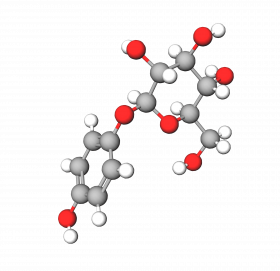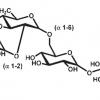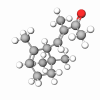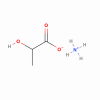Arbutin is a white powder, a hydroquinone derivative glucoside found in many plants. Like hydroquinone, it also effectively inhibits the formation of melanin and prohibits hyper-pigmentation caused by sun exposure and ultraviolet radiation.
Initially, Arbutin was extracted from the leaf of bearberry, a kind of Ericaceae Arctostaphylos perennial evergreen small shrub plant. The leaf contains compounds that can bleach the skin. Now, most of it is synthesized by hydroquinone and glucose.
Research on tyrosinase, the key enzyme causing melanin formation, indicates that arbutin can effectively prohibit melanin formation by blocking tyrosinase activity without affecting cell proliferation. It can also combine directly with tyrosinase by itself and accelerate the decomposition and excretion of melanin.
Incorporated in skin care applications, Arbutin acts as a skin-whitening agent, preventing liver spots and freckles, treating sunburn, and controlling melanin production. It is widely used in advanced cosmetics, skin-brightening applications, and pharmaceuticals for melasma and discoloration treatment.In addition, arbutin is used in sun care or after-sun products to lighten skin, dispel freckles, and prevent hyperpigmentation. It is usually used in 0.5% ~ to 3.0% concentrations.
Notes: Improper use or storage of arbutin may cause the release of Hydroquinone, which has many side effects. Many manufacturers avoid using Hydroquinone, and it is treated as a "banned" ingredient.
In addition, arbutin has a phenolic hydroxyl group that is unstable and can be oxidized. Therefore, the formula must contain antioxidants and complexing agents, as the product can easily change color.











